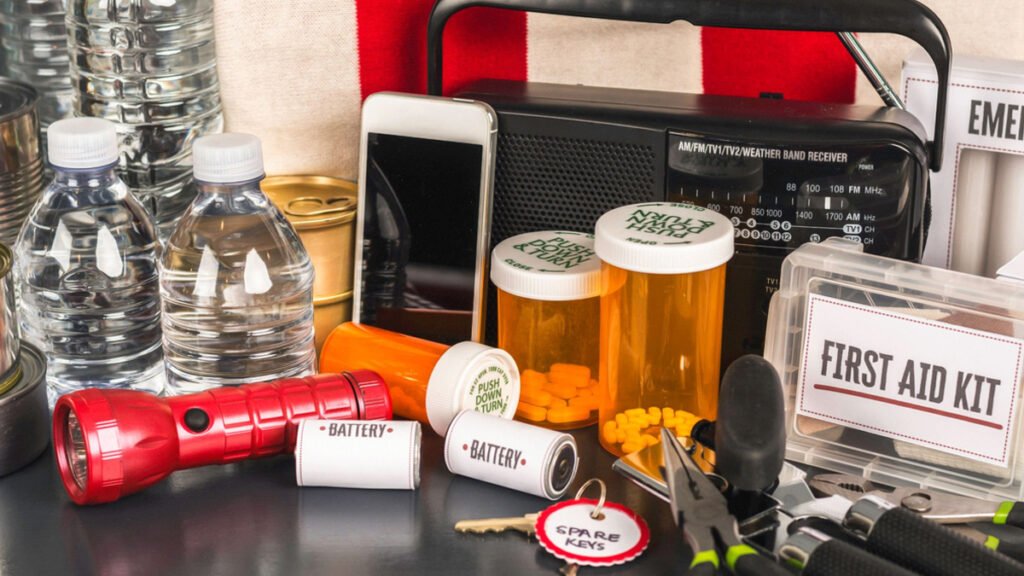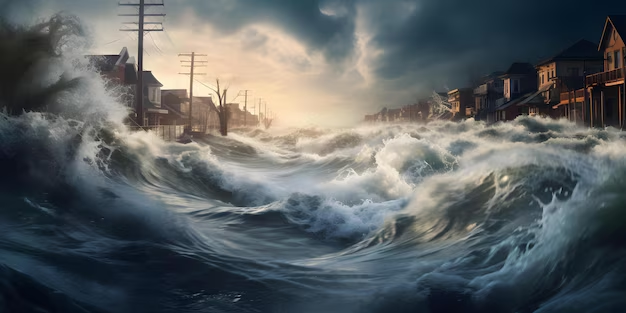
Subtitle: A deep dive into the unfolding global crisis and how it impacts your life—beyond headlines and borders.
1. Introduction
Every so often, global events escalate into full-blown crises—shifting economies, changing geopolitics, redistributing risks. Today’s “Alert Level: High” focuses on the Rising Water Crisis, where melting glaciers, extreme weather, and coastal flooding are converging into a worldwide danger.
This isn’t just abstract news—it’s changing:
- Water access where you live
- Food prices in your market
- Insurance rates on your property
- Travel plans, both local and international
In this article, we unpack:
- What’s driving the crisis
- How it directly affects you
- Regional and personal implications
- Adaptation strategies
- What lies ahead—and what you can do now
Let’s turn global headlines into actionable insights.

2. What’s Fueling the Water Crisis?
A. Melting Glaciers & Rising Seas
- Glaciers worldwide losing ~220 billion tons/year since 2000
- Global sea levels en route to a 1-meter rise by 2100—worse in tropical/coastal regions
B. Extreme Weather Events
- Rainfall is more intense, shifts seasonality, and causes flash floods
- Droughts expanding in Africa, Australia, southwest US
C. Infrastructure Under Strain
- Older cities built for mid-20th century rainfall
- Stormwater systems overwhelmed—leading to flash floods and sanitation issues
The result: a high-alert crisis on water security worldwide.
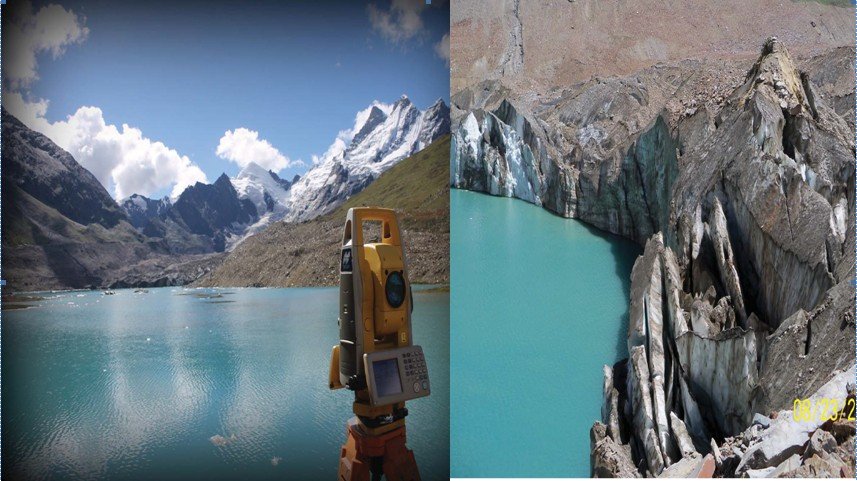
3. What This Means for You Today
No matter where you live—from city flats to rural homes—this crisis affects you:
A. Higher Grocery Bills
- Farmers suffer drought/floods → crop losses → price hikes for staples
B. Flood Insurance Spiking
- Prem. in vulnerable areas (e.g. coastal, riverside) is up 20–40% in past 5 years
C. Health & Infrastructure Risks
- Contaminated water sources, sanitation breakdowns
- Urban flooding leads to waterborne disease outbreaks
D. Travel Disruptions
- Flight cancel., train delays in affected regions
- Tourists denied access to flooded heritage sites or marooned in monsoons
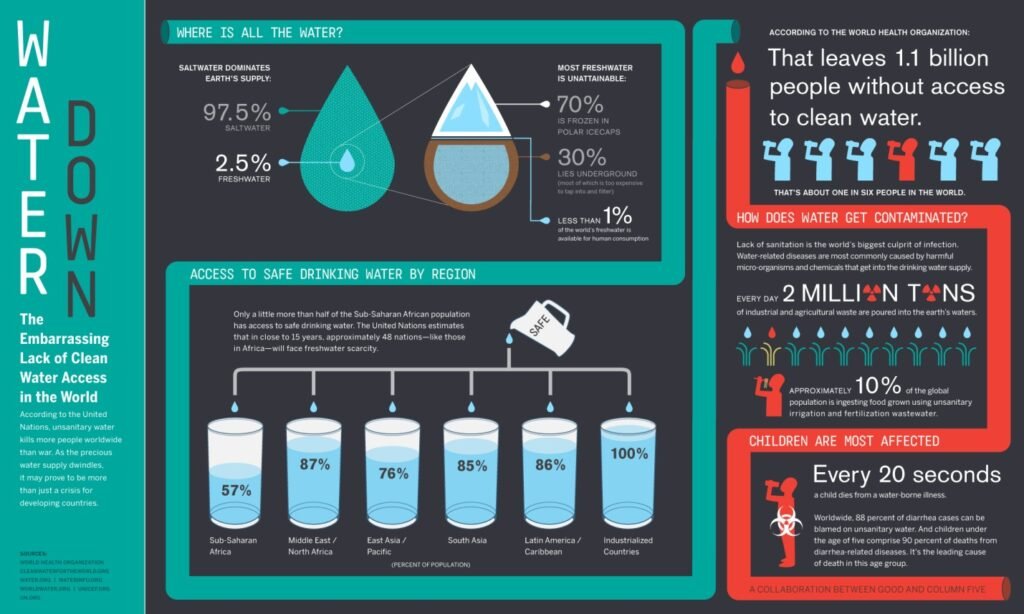
4. Regional Spotlight: Real-World Ripple Effects
A. Southeast Asia’s Monsoon Surge
- 2025 floods displaced >1.2M in Thailand and Vietnam
- Farmers losing 40% of annual rice yield; retailers passing cost to consumers
B. Europe’s Urban Flooding
- Central European cities hit by flash flooding last spring
- Repair bills: over €15B; high-risk homes face eviction or buyouts
C. U.S. Heatwaves & Drought
- Record drought in California → water restrictions, wildfires
- Wine region losses impacting jobs, exports, tourism
Bottom Line: Global events quickly turn local—and expensive.
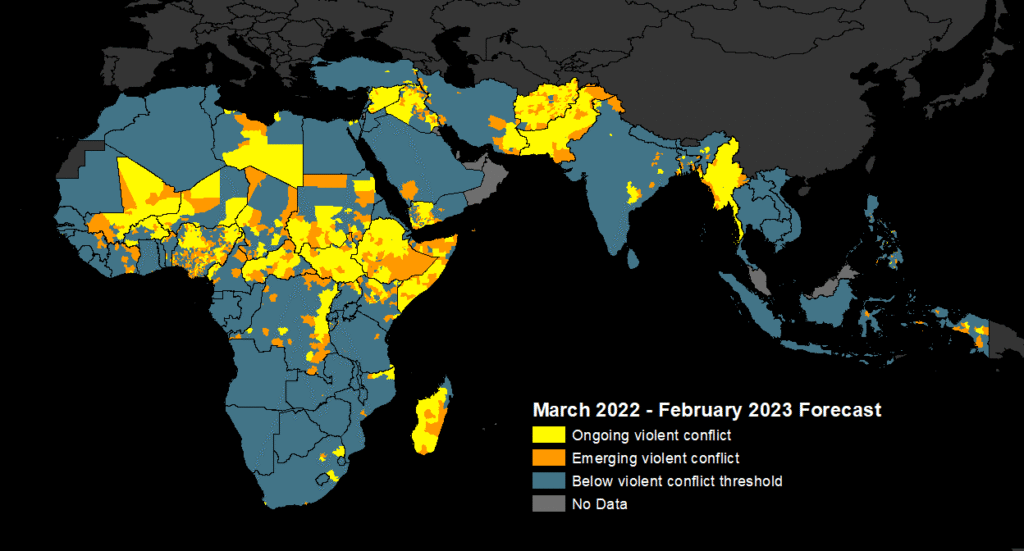
5. Personal Stories: Voices on the Frontline
- Farmer Priya in Bihar, India: “When the river swelled, we lost our smallest crop and income… This year, we can’t eat as well.”
- Los Angeles homeowner Jake: “We got flooded twice last summer—insurance forced us to buy a $5,000 flood pump.”
- Berlin student Lena: “Our canal overflowed; sewage warning signs popped up—local cafes closed for days.”
These aren’t distant disasters—they’re daily stressors for real people.
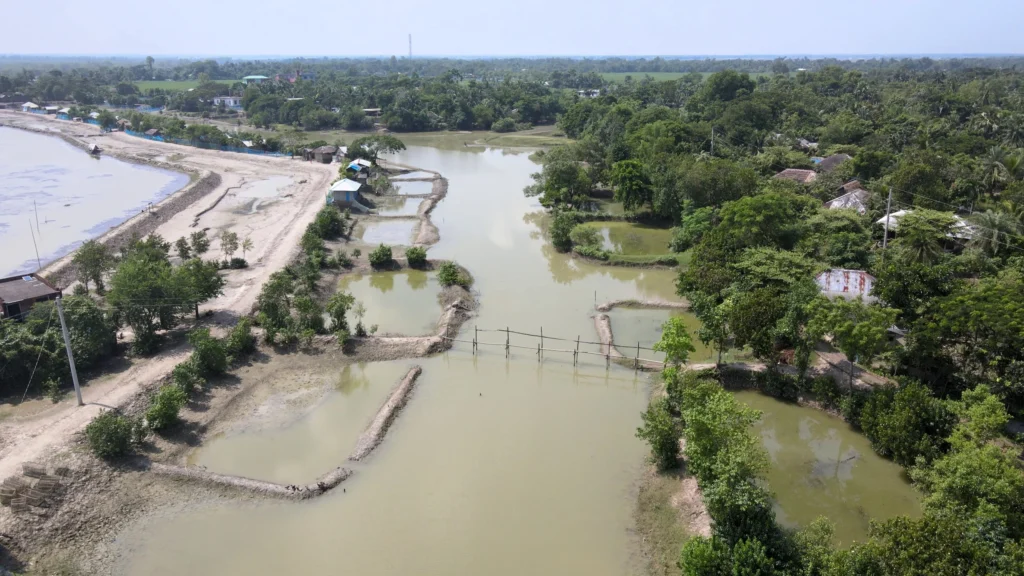
6. Expert Insight: Why It’s Getting Worse
Dr. Arjun Sharma, Climate Resilience Expert:
“We’re hitting planetary thresholds. The slow creep of climate change is now crossing tipping points—storms get wetter, seas keep rising, and troubling feedback loops happen faster than planners anticipated.”
Nikki Campos, Urban Planner:
“Very few cities updated stormwater systems since the 1970s. Suddenly, 50mm rain in an hour collapses neighborhoods.”
Questions to Think About:
- How resilient is your home or city?
- Do you live in a flood zone or drought-prone region?
7. How Can You Adapt?
A. Home Preparedness
- Elevate appliances/outlets, seal basements, install water sensors
- Community help: shared sandbag ditches, pumps, emergency groups
B. Financial Planning
- Talk to your insurer—what’s covered? Can you elevate your policy?
- Small claims can lead to rate hikes—consider networked claims groups
C. Civic Engagement
- Lobby for improved drainage, updated infrastructure
- Vote for officials who prioritize climate adaptation
D. Lifestyle Adjustments
- Grow drought-resistant or pH-resistant crops
- Monitor your water usage with local apps
Small steps today save thousands tomorrow.
8. Why Now? A Critical Time
- UN’s 2025 Water Crisis report: “We’re on track for a 40% global water deficit by 2030 if trends continue.”
- Funding Gap: Cities need ≈$150B annually; only 40% funded
- Wildcard Threats: Dam failures, sanitation breakdowns, climate refugees
Now isn’t too early—it’s overdue.
9. What to Expect in the Future
| Timeline | What to Expect |
|---|---|
| 2030 | 20 coastal megacities flood-risk |
| 2035–2040 | Insurance crisis hits global markets |
| 2040–2050 | Entire regions may lose crop viability (e.g., Mediterranean) |
| 2050+ | Urban redesign becomes necessity |
Your actions now—adaptation, investment, voting—can help shape outcomes.
10. Your Checklist: Action Plan
- ✅ Locate flood/drought risk maps for your area
- ✅ Evaluate home/savings vulnerability
- ✅ Build a 72-hour water & first-aid kit
- ✅ Create household emergency plan
- 💬 Share your story with neighbors/community
Small steps, big impact.
11. Extra Resources & Reading
UN Water Crisis Report 2025
- World Bank Adaptation Toolkit
- Local government flood/drought programs (link to your region’s site)
- AlertingNews coverage on water-saving hacks, solar irrigation, urban resilience

12. Reader Engagement & Poll
How is the water crisis affecting you?
- A. Higher bills
- B. Insurance worries
- C. Neighborhood disruptions
- D. Not yet—but preparing
Share your concerns and experiences in the comments—your story could help others.
13. Summary & Final Thoughts
Alert Level: High means more than a headline—it’s your reality. Whether it’s grocery costs, flood risk, or drought stress, global water turmoil is hitting homes everywhere. By understanding the drivers, putting steps in place, and advocating for resilience, we turn panic into preparedness.
At AlertingNews, we don’t just inform—we empower. Stay alert, take action, and shape the future toward safety.
